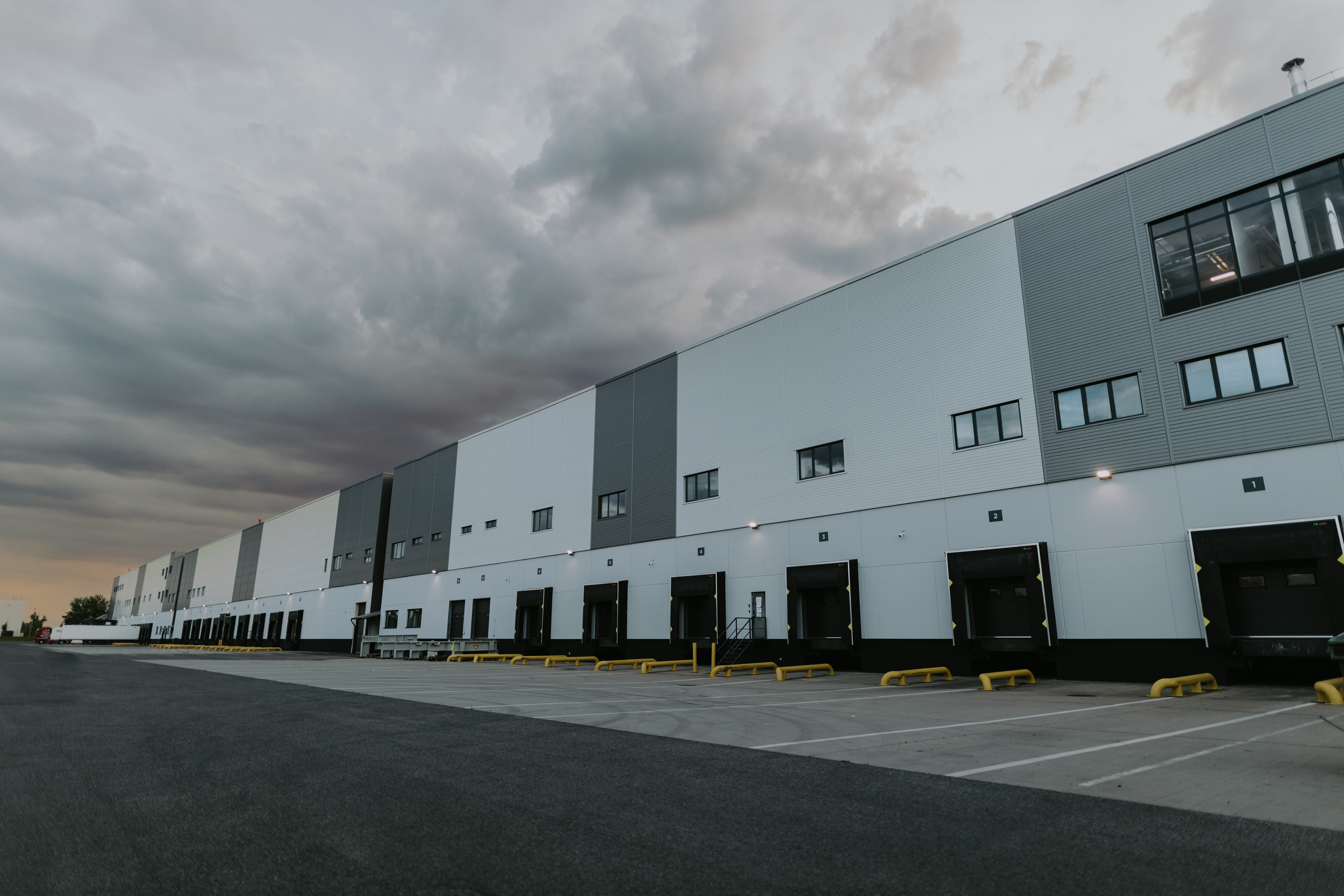How can warehousing and logistics become more sustainable?
The logistics industry is one of the most environmentally impactful sectors—especially when it comes to managing temperature-controlled goods. Green logistics aims to provide sustainable solutions to these challenges by designing thoughtful, eco-conscious systems that help protect the planet. At the same time, they can also deliver cost savings, operational efficiency, and even competitive advantages in the long run.
Foundations of eco-friendly logistics
Sustainability starts with planning. The less distance goods must travel, the smaller their ecological footprint. Optimized route planning reduces both fuel consumption and delivery time, leading to lower emissions. Shorter supply chains also make logistics faster and more predictable.
Energy efficiency is another key factor. LED lighting, modern insulation, and energy-recovery systems reduce the energy demand of warehouses. Even the heat generated during refrigeration can be repurposed, further minimizing energy use.
Electric and hybrid vehicles are especially efficient in urban environments, and as technology advances, green energy will become viable for long-distance logistics as well.
Replacing excessive paper usage with digital documentation reduces administrative overhead, eliminates paper-based tracking, and supports more transparent, sustainable operations.
Sustainability certifications—such as ISO 14001—help formalize and validate environmentally conscious practices. Eco-friendly packaging solutions, such as recyclable or biodegradable materials, reduce waste and send a positive message to business partners.
Eco-conscious practices in cold storage
Cold storage is one of the most energy-intensive areas of logistics, making it a prime candidate for green innovation. The use of solar and wind energy reduces reliance on the grid, helping to cut both costs and environmental impact.
Natural refrigerants like CO₂, ammonia, and hydrocarbons are becoming increasingly common in cold storage facilities. These options are energy-efficient, regulation-friendly, and environmentally sustainable, gradually replacing conventional refrigerants.
IoT (Internet of Things) technology enables real-time temperature monitoring and automatic interventions in case of deviations. These systems enhance food safety while optimizing energy use.

The role of packaging and waste management
Reducing packaging volume and switching to sustainable materials are essential steps in green logistics. Biodegradable and recyclable materials help combat environmental pollution.
Selective waste collection and higher recycling rates in logistics centers are not only environmentally responsible—they're also increasingly mandated by regulations. Automated packaging equipment ensures accurate dosing, reducing material waste.
Is it worth choosing greener solutions?
While sustainable technologies often require a higher initial investment, they pay off over time. Energy-efficient systems, renewable energy sources, and automation all contribute to lower operating costs.
Environmentally conscious operations also enhance brand image. Both partners and customers appreciate companies that act responsibly. Even small businesses can adopt accessible solutions—such as digital document management or green certifications—making sustainability not just a competitive edge, but an expectation from the market and society alike.